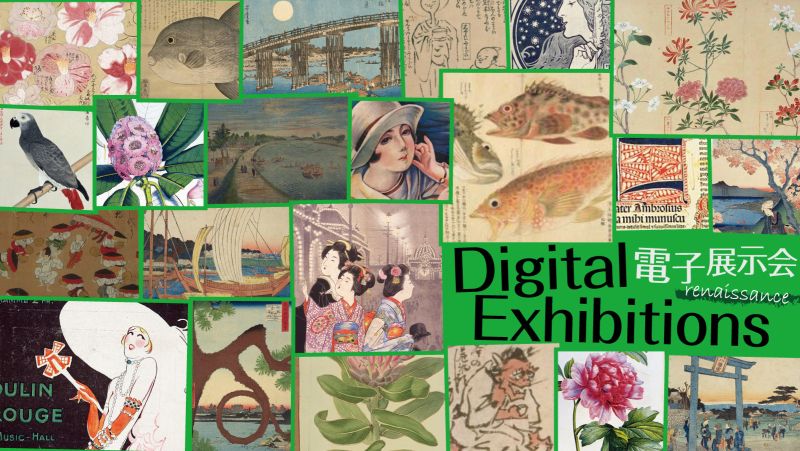The Botan flower, the flower of wealth

Botan flowers (peony) are native to China. As praised in Volume 26 of Zentoshi (the Complete Tang Poems), "Among all the flowers, none surpasses botan flowers," the admiration and cultivation of botan flowers was fashionable from the Sui to the Tang dynasty.
Botan flowers, known as the "King of Flowers," were likened to the romance between Emperor Xuanzong and Yang Guifei by Li Bai, and Bai Juyi also noted in The Collected Works of Bai, Volume 2 that the entire capital waited for the flowers to bloom.
Botan flowers were enthusiastically cherished during the Tang dynasty and continued to be loved well into the Song dynasty. In particular, yellow botan flowers, known as "yao huang," were revered in China as the most noble-colored flowers according to the Five Elements philosophy.
Botan flowers were introduced to Japan from China as medicinal plants during the Nara period (710-794). Later, during the Heian period (794-1185), botan flowers were cultivated for ornamental purposes in courts and temples, where they were known by names such as “fukamigusa” and “hatsukagusa.” Names of botan flowers are documented in Wamyo Ruijusho, a categorized dictionary of Japanese and Chinese terms, and a detailed description of botan flowers can be found in section 143 of Makura No Soshi (The Pillow Book).
During the Edo period (1603-1868), the appreciation and cultivation of botan flowers spread among the general public, particularly during the Genroku and Hoei eras (1688-1711). Their popularity reached such heights that books dedicated to cultivating botan flowers were published. Among these, the gardening book Kadanchi Kinsho, released in those eras, catalogs over 300 varieties of botan flowers.
Amidst the gardening boom, many people admired botan flowers. These scenes are also depicted in nishiki-e.
Botan flowers are considered symbols of good fortune, prosperity, and honor, embodying wealth, and are used in kimono and craft designs.
Please enjoy the beautiful botan flowers depicted in various ways as shown below.
